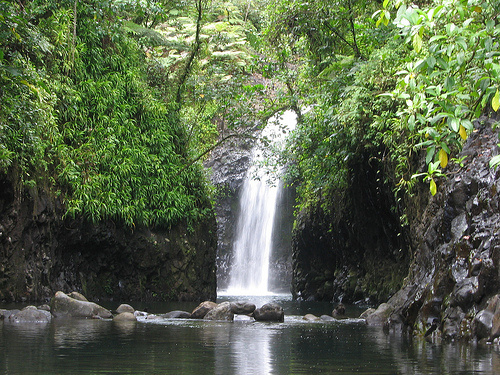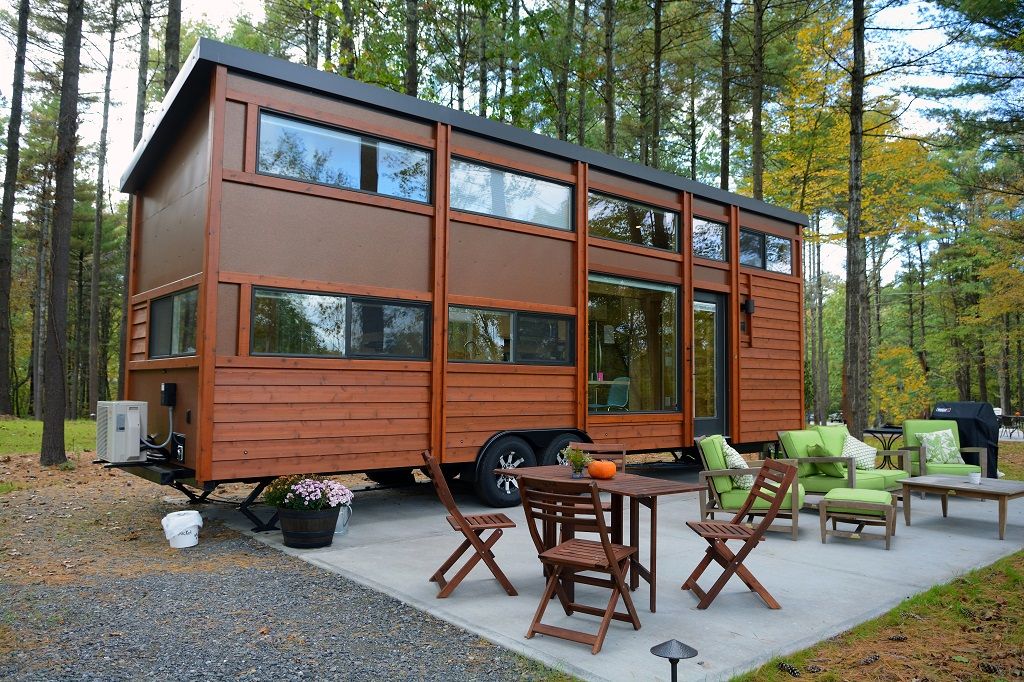 Even in early October, the Amalfi Coast was swarming with people, especially the well-known coastal towns of Positano, Sorrento, and Amalfi. That’s why I was happy to spend the days on the coast but my nights up in the serene hill town of Ravello. As soon as we hit those narrow cobblestone streets of Ravello, with far less foot traffic, I could breathe again. Our room at Villa Maria Hotel had a balcony with a glorious view of the mountains sloping down to the sea. Service and the food was excellent, especially the duck and lamb we had at dinner. In the day, we hired a driver with Amalfi Car Service, Pasquale, to show us the properties we like to book for our clients and also suggest some of his favorites. We went to Antiche Mura in Sorrento, perfectly located in the heart of the town, and Le Sirenuse in Positano, where people line up for hours to have a drink at their champagne bar, offering the best views of the coast. There were two surprise properties that we’d happily recommend, especially for quiet and romance. Il San Pietro di Positano, a Relais and Chateaux boutique resort on the outskirts of town, has its own dreamy beach, pool, and fantastic views of the coastline. Just north of Positano clinging to the hilltop is a former 17th-century monastery, now a luxury property called Monastero Santa Rosa. Their infinity pool is in the most dramatic locale I’ve ever seen, on the edge of the hillside overlooking the vast waters below. Tell ActiveTravels what type of vacation you want on the Amalfi Coast and we’ll suggest one of these dreamy properties or others.
Even in early October, the Amalfi Coast was swarming with people, especially the well-known coastal towns of Positano, Sorrento, and Amalfi. That’s why I was happy to spend the days on the coast but my nights up in the serene hill town of Ravello. As soon as we hit those narrow cobblestone streets of Ravello, with far less foot traffic, I could breathe again. Our room at Villa Maria Hotel had a balcony with a glorious view of the mountains sloping down to the sea. Service and the food was excellent, especially the duck and lamb we had at dinner. In the day, we hired a driver with Amalfi Car Service, Pasquale, to show us the properties we like to book for our clients and also suggest some of his favorites. We went to Antiche Mura in Sorrento, perfectly located in the heart of the town, and Le Sirenuse in Positano, where people line up for hours to have a drink at their champagne bar, offering the best views of the coast. There were two surprise properties that we’d happily recommend, especially for quiet and romance. Il San Pietro di Positano, a Relais and Chateaux boutique resort on the outskirts of town, has its own dreamy beach, pool, and fantastic views of the coastline. Just north of Positano clinging to the hilltop is a former 17th-century monastery, now a luxury property called Monastero Santa Rosa. Their infinity pool is in the most dramatic locale I’ve ever seen, on the edge of the hillside overlooking the vast waters below. Tell ActiveTravels what type of vacation you want on the Amalfi Coast and we’ll suggest one of these dreamy properties or others.
 By now, you may have witnessed (and hopefully experienced) the beauty of being in a TSA PreCheck lane at airport security. In blissful pre-9/11 fashion, passengers in the PreCheck line don’t remove shoes, belts, or jackets, and have the luxury of keeping their liquids and laptops inside their bags. The standard metal detector is used instead of the invasive full-body scanner. On average, security agents can process twice as many passengers in PreCheck line than the normal lines.
By now, you may have witnessed (and hopefully experienced) the beauty of being in a TSA PreCheck lane at airport security. In blissful pre-9/11 fashion, passengers in the PreCheck line don’t remove shoes, belts, or jackets, and have the luxury of keeping their liquids and laptops inside their bags. The standard metal detector is used instead of the invasive full-body scanner. On average, security agents can process twice as many passengers in PreCheck line than the normal lines.
 In 1990, I left my job as an insurance broker in Manhattan and booked a four-month trip to the South Pacific, New Zealand, and Australia. The day before I left on that fateful journey, I was strolling through the Fifth Avenue Book Fair when I found a book titled “Travel Writing, For Profit and Pleasure” by Perry Garfinkel. I did exactly what the author advised, kept a journal when I was away, and when I returned home I sold my first story, “Learning to Scuba Dive in the Cook Islands” to The Miami Herald. It was the start of a prolific travel writing career, where I would write more than 1500 articles and close to a dozen books. Another one of the stories sold from that inaugural journey was
In 1990, I left my job as an insurance broker in Manhattan and booked a four-month trip to the South Pacific, New Zealand, and Australia. The day before I left on that fateful journey, I was strolling through the Fifth Avenue Book Fair when I found a book titled “Travel Writing, For Profit and Pleasure” by Perry Garfinkel. I did exactly what the author advised, kept a journal when I was away, and when I returned home I sold my first story, “Learning to Scuba Dive in the Cook Islands” to The Miami Herald. It was the start of a prolific travel writing career, where I would write more than 1500 articles and close to a dozen books. Another one of the stories sold from that inaugural journey was  Last summer, Bob Malkin, owner of the SoHo retail store, Think Big!, unveiled a resort in South Cairo, New York, that features 9 Tiny Houses. Inspired by the Prairie-style cottages found at Canoe Bay in northwestern Wisconsin, each Tiny House offers a panorama of windows, queen size bed, full-size appliances and luxury bathrooms, as well as a private patio complete with outdoor dining table and seating, Weber grill and fire pit.
Last summer, Bob Malkin, owner of the SoHo retail store, Think Big!, unveiled a resort in South Cairo, New York, that features 9 Tiny Houses. Inspired by the Prairie-style cottages found at Canoe Bay in northwestern Wisconsin, each Tiny House offers a panorama of windows, queen size bed, full-size appliances and luxury bathrooms, as well as a private patio complete with outdoor dining table and seating, Weber grill and fire pit.  Even in early October, the Amalfi Coast was swarming with people, especially the well-known coastal towns of Positano, Sorrento, and Amalfi. That’s why I was happy to spend the days on the coast but my nights up in the serene hill town of Ravello. As soon as we hit those narrow cobblestone streets of Ravello, with far less foot traffic, I could breathe again. Our room at
Even in early October, the Amalfi Coast was swarming with people, especially the well-known coastal towns of Positano, Sorrento, and Amalfi. That’s why I was happy to spend the days on the coast but my nights up in the serene hill town of Ravello. As soon as we hit those narrow cobblestone streets of Ravello, with far less foot traffic, I could breathe again. Our room at